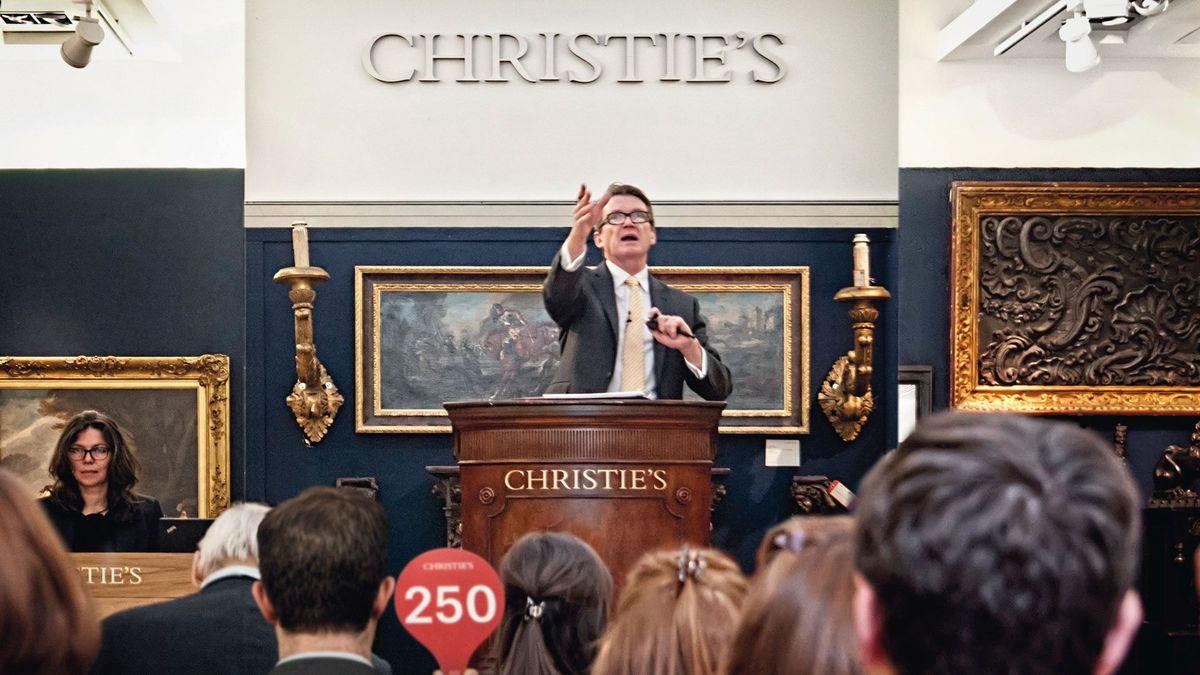During the 80s of the last century, the art market experienced an explosive speculative bubble with the entry, into collecting, of new players, largely from Asia. This phenomenon did not last too long over time, but it did last long enough to cause distortions from which it took some effort to get out and return to the previous equilibrium.
Among the alterations, the most significant were the exorbitant prices paid for some works, especially by artists such as Picasso and Van Gogh; the manipulation, by interested forces, of some emerging creators whose importance did not persist over the years (and caused serious damage to buyers), and finally the step aside from the “serious” part of the market, from the rational collector, the connoisseur who always balanced taste with investment, and who could not operate in a crazy market. They had to unsaddle until it cleared up, as it finally did.
Some offshoots of this phenomenon tend to occur periodically, such as the sale of works by great masters whose authenticity is questioned by more than one expert, as happened with “Salvator Mundi” by Leonardo da Vinci, sold in 2017 for $450 million. , a figure that continues to hold the record for the highest priced work of art in history (and some specialists still continue to doubt that it is really by the Renaissance master). But, as was said before, These sparks do not cause the market distortions of the 1980s bubble. Others do.
After the pandemic, although some time before too, the sector began to experience profound changes, and not exactly for the better. The isolation due to coronavirus accentuated them, with a trend that at first was believed to persist, although finally, upon returning to normality, it began to be proven that it was a mirage.
As the suspension of in-person auctions, and sales in galleries were canceled as a result of fear of contagion, Online auctions began to proliferate, a modality to which traditional buyers were always reluctant.. This caused a paradigm shift to occur: Younger players joined the market, who, although they had more practice and confidence in this type of transactions, lacked the expertise from the collector. Once the pandemic was over, things rearranged themselves. The phenomenon had been temporary and very few of these new buyers, who were looking for quick returns rather than aesthetic satisfaction, remained active.
However, another more marked phenomenon occurred, and it seemed that it was going to devour the traditional market in its jaws: the sale of NFTs (non-fungible tokens), “unique” digital pieceslinked, although not comparable to cryptocurrencies, for which fortunes began to be paid in the art market. The first was, exactly three years ago, “Everydays. The first 5000 days”, by the artist known as Beeple, which Christie’s auctioned for almost $70 million. This work was followed by others, which also reached unprecedented prices. Traditional galleries and collectors once again feared for the future, just as in the 80s.
However, and although today that market is still standing, its fall was notable. In the 2023 Global Collecting Survey (The Survey of Global Collecting), presented at the end of last year at the Art Basel fair, digital art jumped from 9% of total market sales in 2021 to 15% in 2022, and fell to 8% in 2023. By June 2023, sales of art-related NFTs fell to the lowest level since January 2021, and the number of unique buyers of this format fell from just over 40,000 to around 2,000 in the same period.
The same survey indicated that Painting continued to be the art form most purchased by collectors, with 36%, followed by sculpture (13%)., and much later photography and other objects. Simultaneously, the first NFT buyers read, not without fear, the news that 95% of these “non-fungible tokens” were no longer worth almost anything, according to the study carried out by DappGambl, according to which in August 2021 this “revolutionary” sector ” It had a monthly turnover of 2.8 billion dollars, but in July of last year it barely reached 80 million, 3% of what it represented when it started.
According to data from DappGambl, The future of NFTs is increasingly bleak. Almost 23 million people own a worthless NFT today. Only 1% of them would have a price higher than $6,000.. The study adds that 33% of buyers do not know what to do with them, and 36% consider the option of selling them. It is not the same as owning a Van Gogh, of course.
The specialized publication ArtNews interviewed art economist Magnus Resch, one of the world’s leading authorities on the subject, who in 2017 published data from the main art galleries around the world, and whose figures showed that the majority were facing financial problems due to non-growth in income and lack of new buyers. Resch has just published the book “How to Collect Art”, and he assures that the problem has persisted. “Even though the global number of millionaires has doubled in the last decade and attendance at art events has broken records, the value of the art market has only remained stable“he told the magazine. Only a quarter of galleries in the United States, Germany and the United Kingdom achieve annual revenues of more than $1 million. “Today galleries rely heavily on a few collectors who make substantial purchases.” .
Resch does not hide that sometimes art is bought “believing in its potential as an investment. However, art as an investment is usually effective only for a select group of artists.” And he adds: “Acquiring art is not only a financial transaction but also a philanthropic gesture. Instead of seeing it as an investment, I consider it a donation, recognizing that I am not likely to resell the work. By making this purchase, I am supporting the artist, allowing him to continue creating art, thereby inspiring the art community at large. Singer Alicia Keys and her husband, Swizz Beatz, are active collectors. Her Dean Collection focuses on supporting primarily African American artists, such as Kehinde Wiley and Mickalene Thomas.”
Resch’s global research indicates that 30% of the world’s galleries operate in the red, and only 18% have a profit margin of more than 20%. For smaller galleries, almost 45% of their sales typically come from a single major artist. Other data: The proportion of collectors who routinely purchase art worth more than $1 million fell from 12% in 2021 to 4% in 2022, and recovered slightly to 9% in the first half of last year.. In addition, there is a 3% year-on-year decrease in the collection of work by emerging artists, while that same 3% was the growth of interest in established artists, especially in the United States and China.
Source: Ambito
I am an author and journalist who has worked in the entertainment industry for over a decade. I currently work as a news editor at a major news website, and my focus is on covering the latest trends in entertainment. I also write occasional pieces for other outlets, and have authored two books about the entertainment industry.




